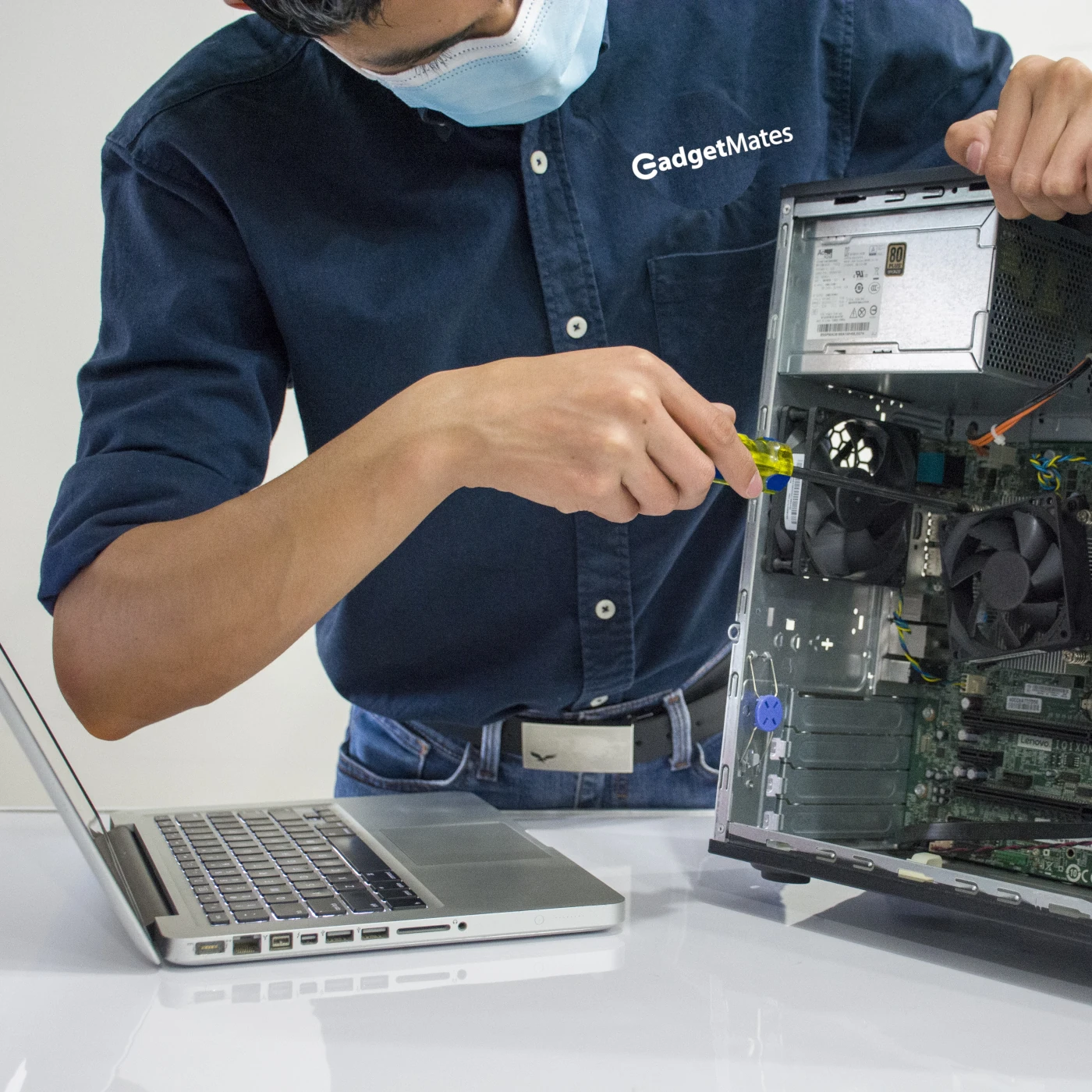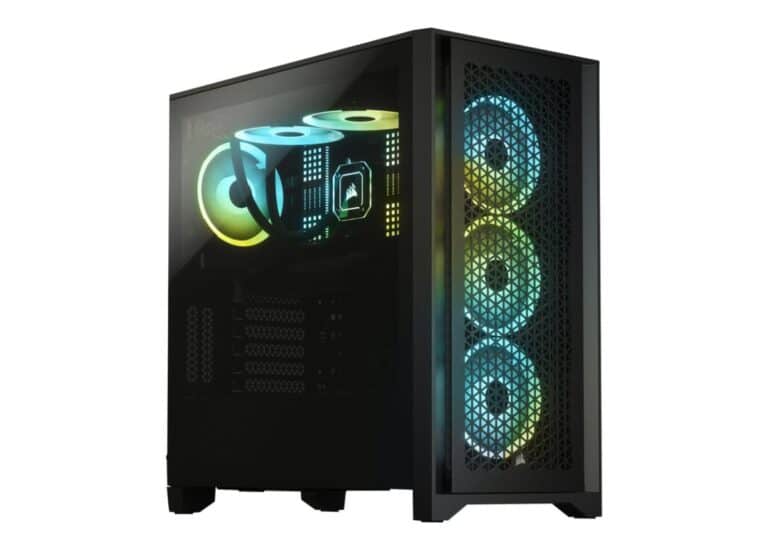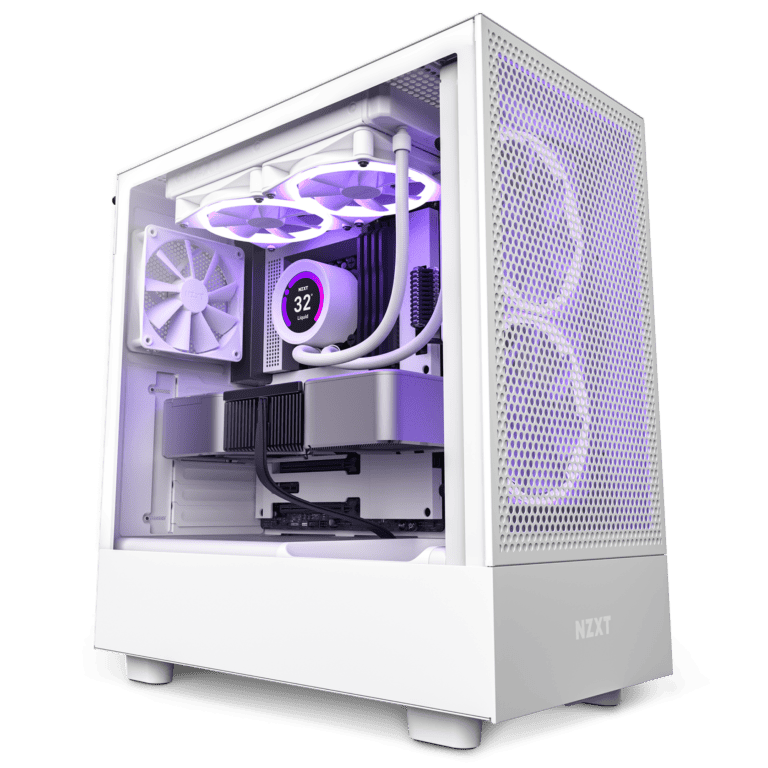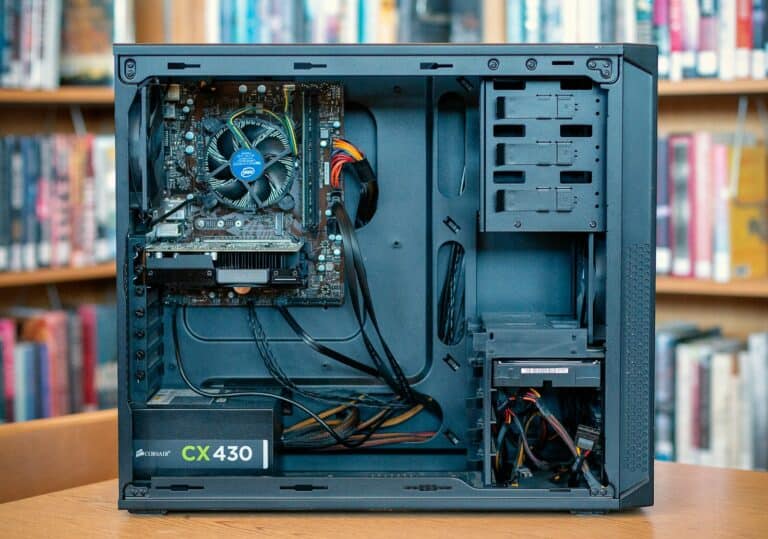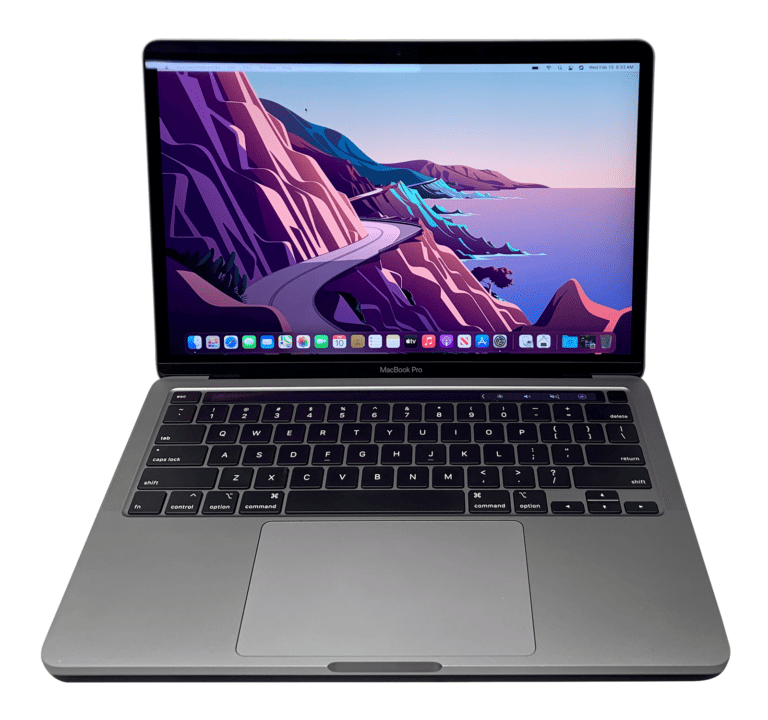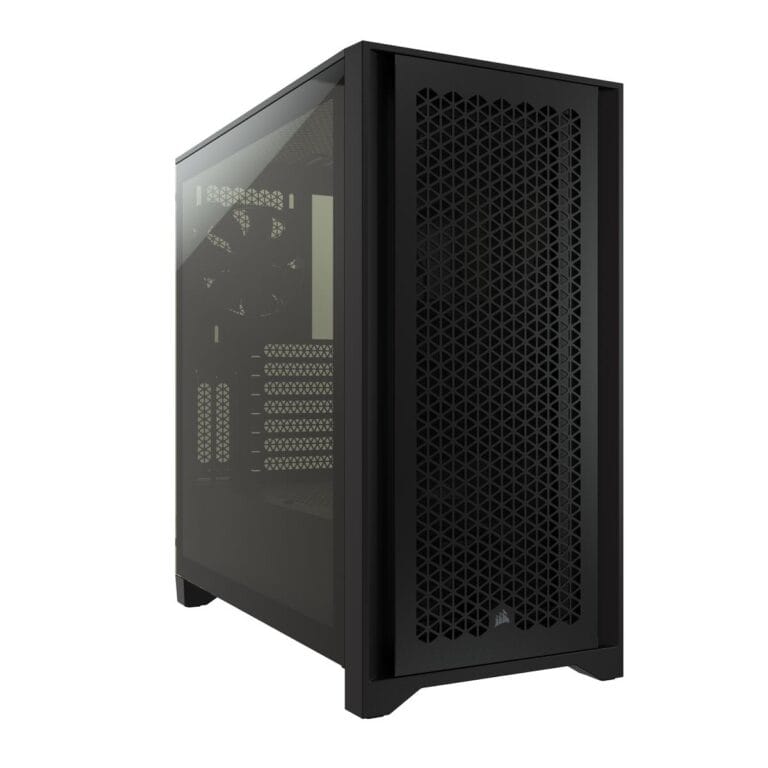PCs are generally easier to repair than Macs, but Apple is improving. When we talk about how easy it is to repair Macs versus PCs, we need to think about how they are designed and built. PCs come from various manufacturers, which means their designs can differ a lot and affect how easy they are to fix. Macs are made only by Apple and feature a sleek, compact design. However, this often makes repairs harder because some parts are soldered or glued in place.
The ability to repair both Macs and PCs impacts how long the devices last and relates to consumer rights and environmental issues. Repairability is an important part of product design that can affect how much it costs to own the device and its environmental impact. iFixit is a company that helps users repair their devices and gives repairability scores. These scores help consumers understand how easy it is to repair their devices. PCs have a wider range of scores due to the variety of models available, while Macs have more consistent repairability because of Apple’s design approach.
1. Design Philosophy
- Macs (Apple)
- Apple prioritizes sleek, compact designs.
- Components are often soldered (RAM, storage) or glued (batteries, screens).
- Proprietary screws and parts limit third-party repairs.
- Apple tightly controls replacement parts through its official repair program.
- PCs (Windows/Linux machines)
- PCs use standardized components (RAM, storage, GPUs).
- Many models—especially desktops and business laptops—are modular and easy to open.
- Wide availability of third-party parts and tools.
- Some ultrabooks mimic Apple’s sealed design, but overall PCs are far more flexible.
2. Common Repairs
- Mac Repairs
- Screens: Expensive due to Retina displays and glued assemblies.
- Batteries: Often glued, requiring special tools.
- Keyboards: Butterfly keyboard issues (2015–2019) required full top-case replacements.
- Logic boards: Integrated design means one failed chip may require replacing the entire board.
- PC Repairs
- Screens: Usually cheaper, with many generic replacements available.
- Batteries: Often removable or secured with screws.
- Keyboards: Many models allow easy swap-outs.
- Motherboards: Still expensive, but parts are easier to source.
3. Repair Costs
- Macs
- Repairs tend to be more expensive due to proprietary parts and Apple’s service pricing.
- Example: MacBook battery replacement can cost $200–$300 at Apple (source: Geeky Clean Technology).
- PCs
- Costs vary widely depending on brand, but generally cheaper.
- A typical laptop battery replacement might cost $50–$100.
4. Repair Accessibility
- Macs
- Apple’s “Right to Repair” policies are improving, but DIY repair is still challenging.
- iFixit repairability scores for MacBooks are usually low (1–3/10) (source: iFixit).
- PCs
- Many business-class laptops (e.g., Lenovo ThinkPad, Dell Latitude) score high (7–9/10) on iFixit’s repairability scale.
- Desktop PCs are the easiest to repair—components can be swapped in minutes.
5. Long-Term Maintenance
- Macs
- Longer OS support, but once parts fail, repairs can be prohibitive.
- Limited upgrade paths (RAM and storage often non-replaceable).
- PCs
- Easier to upgrade (RAM, SSD, GPU).
- Longer hardware lifespan if you’re willing to replace parts over time.
Verdict: Which Is Easier to Repair?
- PCs win for repairability. They use standardized parts, are easier to disassemble, and repairs are cheaper.
- Macs trade repairability for sleek design and tight integration. If you value longevity and DIY-friendly fixes, a PC is the better choice. If you prefer a sealed, polished machine and don’t mind higher repair costs, a Mac might still suit you.
✅ Bottom line:
- Choose a PC if you want flexibility, lower repair costs, and easy upgrades.
- Choose a Mac if you prioritize design and ecosystem but are prepared for higher repair expenses.
Repair-Focused Features
When your computer breaks down, you want to fix it quickly. How easy is it to repair a Mac vs. a PC? The answer affects the time, cost, and hassle involved in repairs.
Mac Repair Considerations
Apple computers are stylish and sleek. Unfortunately, that sleek design can make repairs difficult. Here’s what you need to keep in mind with Mac repairs:
- Specialized Tools: Opening and repairing a Mac often requires special tools and in-depth technical know-how.
- Limited Upgrades: Components in many Macs are soldered to the motherboard. This seriously restricts your upgrade options.
- Warranty & AppleCare: Macs offer a limited warranty. You can buy AppleCare for additional protection.
The PC Advantage
Unlike Macs, PCs come in many shapes and sizes. This variety often translates into easier repairability for a few key reasons:
- User-Friendly Design: Many PC components are simple to access and replace. RAM, storage drives, and even video cards can often be swapped out with standard tools.
- Component Choice: PCs offer a wide range of upgradeable components. You’re not limited to a single manufacturer’s parts.
- Repair Flexibility: Numerous shops can repair PCs. You can even try fixing some problems yourself.
Comparing Repair Options
| Mac | PC | |
|---|---|---|
| DIY Repairs | Difficult | Possible for simpler tasks |
| Professional Repair Availability | Apple stores and authorized shops | Abundant independent repair shops |
| Repair Costs | Potentially higher | Can be more affordable |
Choosing the Right Computer for Your Needs
If fast, easy repairs top your priority list, a PC may be the better choice. Macs prioritize sleek design and tight integration, which can sometimes hinder repairability.
Key Takeaways
- Mac and PC repairability is influenced by the variability in PC designs and the consistent, compact design of Macs.
- The repairability of a device can impact its longevity and the total cost of ownership.
- iFixit offers repairability scores, which are valuable for consumers seeking information on the ease of repairing their devices.
Design and Build Quality
When comparing the ease of repair between Mac and PC, design and build quality are crucial factors that directly impact repairability.
Hardware Components and Modularity
Apple’s Mac lineup, including MacBook, iMac, Mac Mini, and Mac Pro, is famed for its sleek design. The integration of hardware is tight, with components like RAM, storage, and graphics cards often soldered directly onto the motherboard or integrated in a way that discourages user modification. This design choice impacts modularity—the ease with which parts can be replaced or upgraded. For example, most MacBooks after 2015 have RAM that’s not upgradeable, which means the entire logic board needs replacement if the RAM fails.
In contrast, many PCs are designed with modularity in mind. They tend to have components such as graphics cards, CPUs, hard drives, and RAM that users can easily swap or upgrade. This modularity extends the lifespan of a PC and reduces repair costs, as defective parts can be replaced without replacing the entire system.
Material and Durability
Apple often utilizes premium materials for its Mac products, such as aluminum and glass, which contribute to their durability but can complicate repairs. For example, if the aluminum body of a MacBook is dented or bent, repairing it can be more difficult than working with the plastic materials commonly found in many PCs. The use of glass in products like the iMac presents its challenges as well, as it can be fragile and prone to breakage if not handled with care.
Most PCs are encased in a combination of materials, including plastics and metals. These materials make most PC cases easier to open for access, and less expensive to replace than their Mac counterparts. PCs offer a broad selection of options with varying degrees of build quality, from budget-friendly models with basic design to high-end systems that rival Macs in both durability and material quality.
Repairability Assessment
Repairability plays a crucial role in the longevity and cost-effectiveness of computers. This section examines how Mac and PC devices compare in terms of repairability.
Upgradability and Compatibility
Macs typically have a reputation for limited upgradability, with many models soldering RAM and storage directly onto the motherboard, limiting DIY upgrades. Despite this, the newer MacBook Air models exhibit a design that is slightly more amenable to repairs compared to older models. PCs, conversely, offer a broader range of upgradability options due to a wider variety of manufacturers like HP and Dell. Their compatibility with a multitude of parts and upgrades is highly regarded, particularly among desktop PCs.
Availability of Repair Services and Parts
Apple provides official repair services and parts for Macs, but they can be costlier and less accessible than those for PCs. Third-party repair services are available, though Apple’s strict control over repair manuals sometimes complicates these efforts. On the other hand, PC users benefit from a vast network of service providers and the availability of parts is more widespread, resulting from multiple manufacturers’ commitment to a more open repair structure.
User-Friendly Repair and DIY
PCs usually offer a more user-friendly ecosystem for DIY repairs and upgrades. A plethora of online resources and repair manuals, often provided by manufacturers or platforms like iFixit, empower users to take repair into their own hands. Macs have historically been less DIY-friendly, though initiatives like Apple’s self-service repair program aim to change this by providing tools and manuals to end-users. Microsoft’s Windows operating system is often considered easier to reinstall and recover, contributing to the repairability of PCs as software issues can sometimes be resolved independently.
Frequently Asked Questions
Navigating the complexities of computer repairs can be challenging. This FAQ section covers key topics and common concerns revolving around the repair processes for Macs and PCs.
What are the common challenges associated with repairing MacBooks?
Macs are often perceived as less repair-friendly due to their proprietary components and construction. For example, some MacBooks use pentalobe screws that require specialized tools to open.
How does the repairability of Mac computers compare to that of PCs?
PCs generally offer a broader range of repair options. They are designed with more standardized components, making them easier to disassemble and replace parts.
Are there differences in the availability of repair parts for Macs versus PCs?
Repair parts for PCs are more widely available and can often be sourced from multiple manufacturers. In contrast, Mac parts are typically specific to the model and more readily available from authorized dealers.
What affects the ease of DIY repairs for Macs and PCs?
The ease of DIY repairs for Macs and PCs is influenced by the design of the computer case, the commonality of components, and the availability of repair manuals. PCs tend to score higher in these areas compared to Macs.
How do manufacturer warranties and policies impact the repair process for Macs and PCs?
Manufacturer warranties and policies play a role in repair decisions. Mac warranties might be voided if repairs are not done by an authorized service provider, whereas PCs might offer more leniency in this regard.
Is there a significant difference in the repair costs between Mac and PC systems?
Repair costs for Macs are generally higher than for PCs. This is due to the cost of proprietary parts and the necessity for specialized labor in many cases.

